RayRainer
TPF Noob!
- Joined
- Dec 22, 2015
- Messages
- 2
- Reaction score
- 0
- Can others edit my Photos
- Photos OK to edit
Hello. I am trying to understand how compressing picture files work. I noticed that when I used Capture NX2 to compress a file to a lesser quality, the resolution and picture size remained constant, yet it was a smaller file size. I always thought picture size and resolution determined file size and quality but apparently there is something else that makes a file size smaller. Any insight is appreciated.


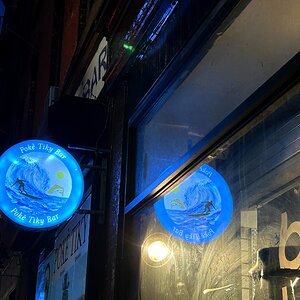
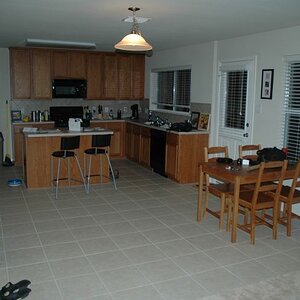
![[No title]](/data/xfmg/thumbnail/42/42060-f597479f8fd78d4bb4d17e7686fb0812.jpg?1619739996)
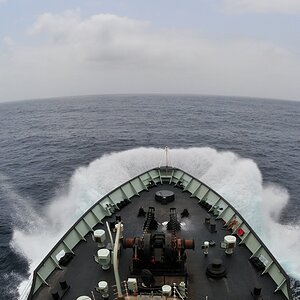
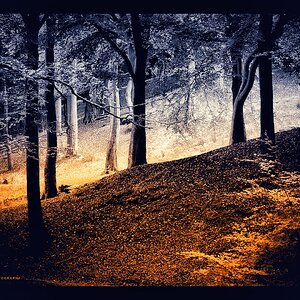
![[No title]](/data/xfmg/thumbnail/40/40306-ea393f71adcd88a9abb9fb16dc6af2d5.jpg?1619739413)
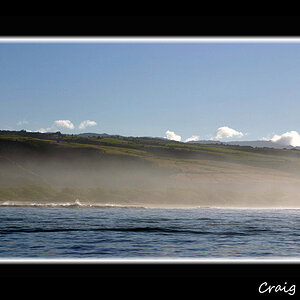

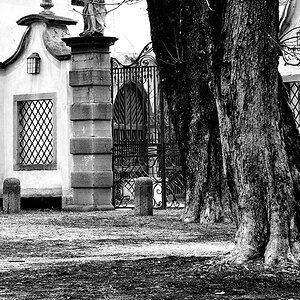
![[No title]](/data/xfmg/thumbnail/39/39498-362f11d9bfd0d9e222faa85b38801745.jpg?1619739056)
![[No title]](/data/xfmg/thumbnail/42/42058-8597ac0f687fb4007aa3ca0210936f04.jpg?1619739994)
![[No title]](/data/xfmg/thumbnail/34/34126-2956b6786a44f993f9aad43e097be84c.jpg?1619736297)